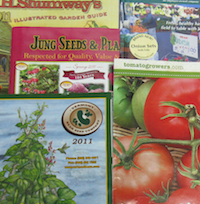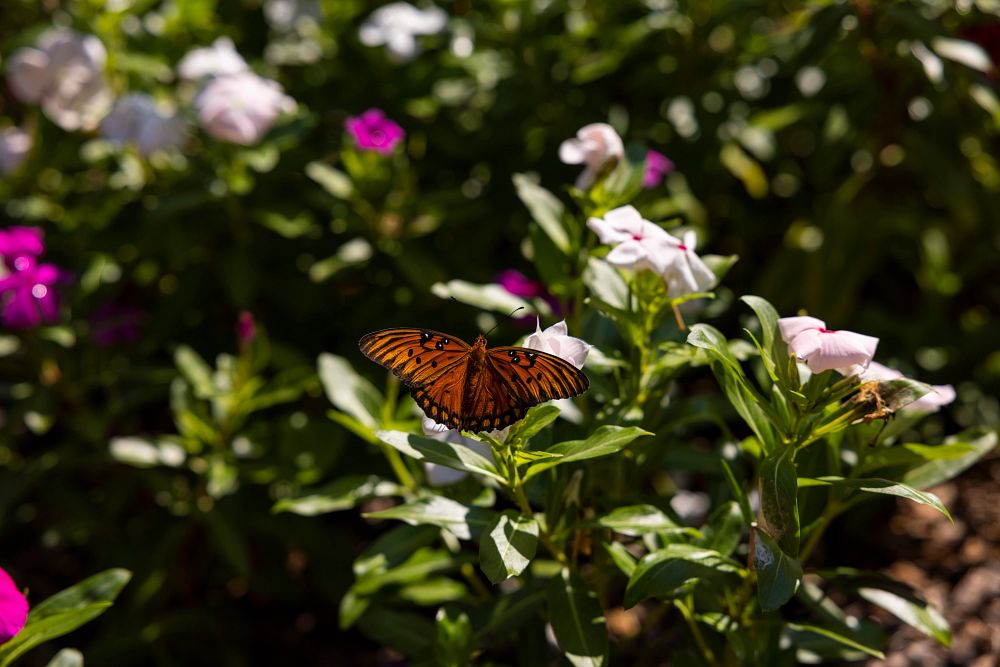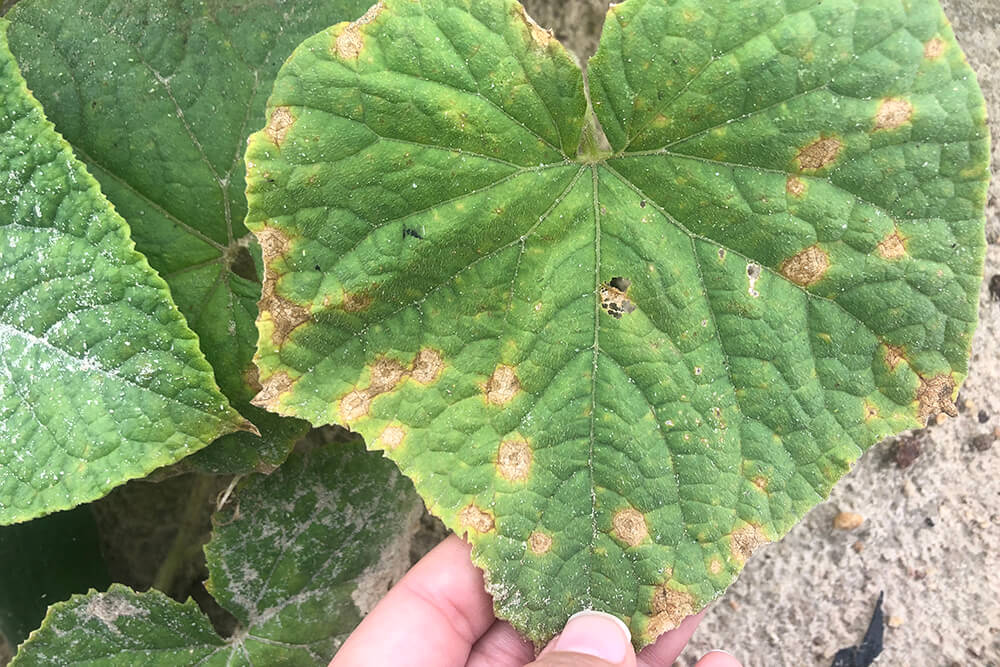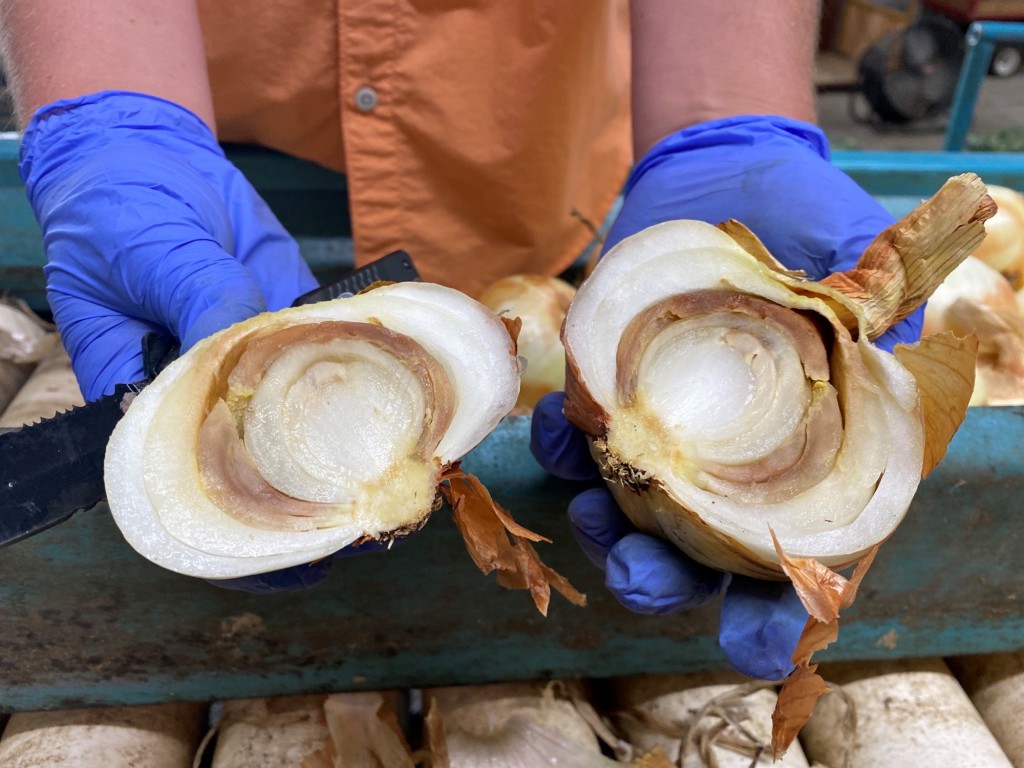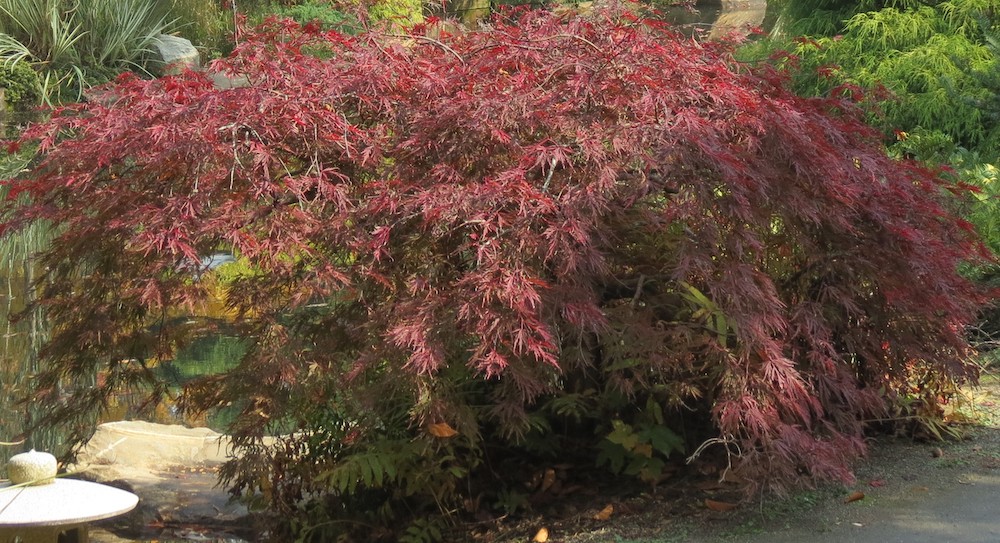The short, cold days of winter leave much to be desired for gardeners, but thoughts of a successful summer garden begin with the arrival of seed catalogs. Today’s seed catalogs are more than just a source for seeds. They provide stories, recipes, exquisite photos, advice, details on new and old plant varieties and lots of welcome inspiration for housebound gardeners.
Seed catalogs also introduce gardeners to new or different plants that they may not be able to find as seedlings at local garden centers. The information in catalogs can be a bit overwhelming to novice gardeners, so it is important to know how to interpret some of the technical information and abbreviations, much like learning the language of gardeners.
Hybrid seed, often abbreviated as “F1,” is a result of the pollination of one genetically uniform variety with pollen from another specific, genetically uniform variety. Hybrid seeds are produced in a very controlled manner, often by hand. As a result, they are usually more expensive.
The goal of hybrid seed is to produce more desired characteristics, like disease or drought resistance, uniformity and outstanding fruit or flower production. The only downside to hybrid seed is that the plants will not produce seed that is reliably similar to the parent plant.
Open-pollinated (OP), sometimes referred to as “heirloom” (H) or “standard” (S), seed has more stable characteristics from one generation to the next. Because open-pollinated plants were often chosen for one or two characteristics and adapted to different regions of the country, individual plants of these varieties may differ greatly in size, shape and other characteristics.
If you grow more than one variety of open-pollinated plants, you may have to separate them by a certain distance or use varying planting times in order to collect seed that is true to type.
“Pelleting” is a term used on many of the smaller seeded vegetables, like carrots, and flowers, like petunias. Pelleting is a coating, usually made of clay and other inert materials, that makes the seed more uniform in size and shape. Pelleting increases the efficiency of mechanical seeding and makes hand seeding easier.
When looking for tomato seeds in a catalog, you will find a veritable alphabet soup of acronyms like “TMV,” “Vt” and “EB.” These acronyms represent common tomato diseases. “TMV” refers to the tobacco mosaic virus; “Vt” refers to Verticillium wilt, a soil-borne disease; and “EB” refers to early blight, a leaf disease. Plant breeders breed in resistance or tolerance to these common diseases.
Tomato seeds may also be categorized as “determinate” or “indeterminate.” Determinate varieties tend to be shorter, more compact plants. Determinate varieties are better for small gardens or container growing and are great for gardeners that don’t want to have to stake or support their plants. Indeterminate varieties grow tall and need caging or staking to keep them off the ground. They also tend to produce more fruit over a longer period.
Shopping for seeds is a great pastime for gardeners to use to make it through the dreary winter months, but it can be a bit like going grocery shopping when you’re hungry, so don’t bite off more than you can chew.

